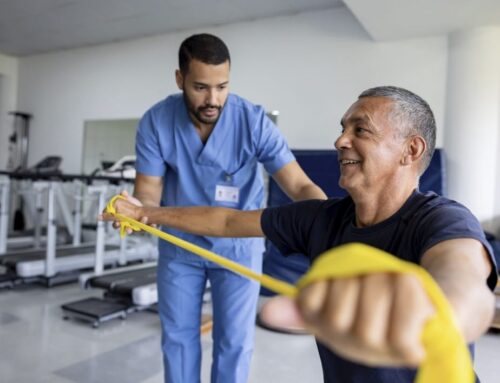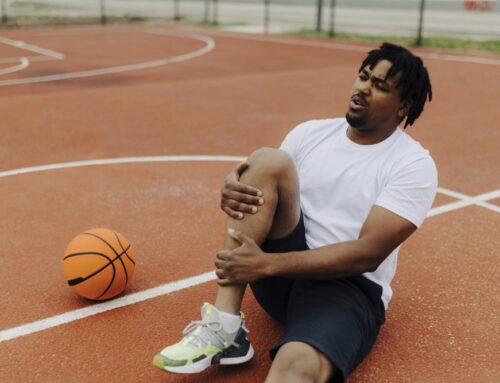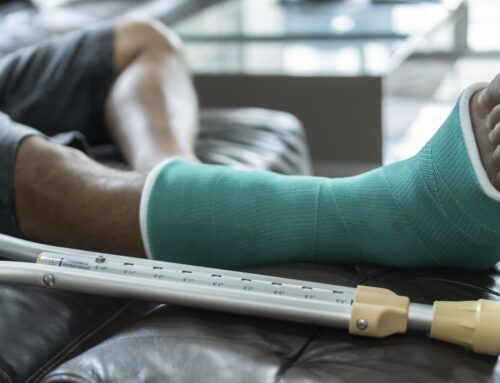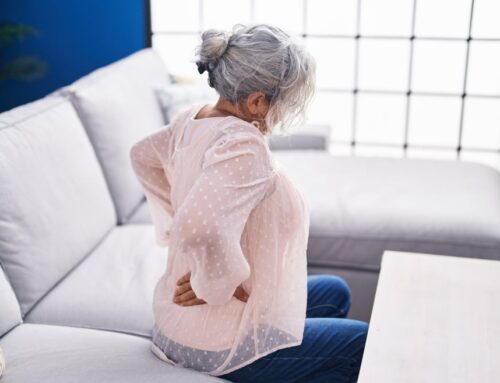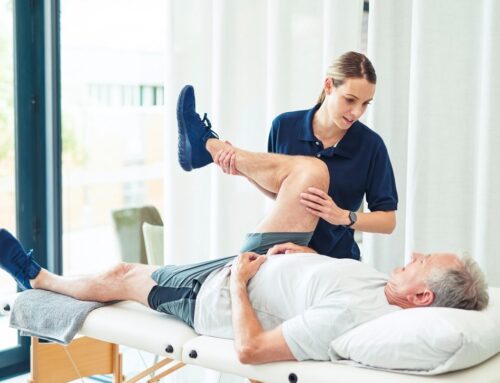Do you suffer from back pain, tingling, numbness or muscle weakness that tends to come and go, depending on what you’re doing? Does your back pain suddenly disappear when you bend over a shopping cart, then reappear when you stand straight up? This may be a sign of spinal stenosis, a common cause of lower back and neck pain.
The 33 vertebrae that make up the spine protect your spinal cord and allow you to stand and bend. As we age, our spine changes. The normal wear-and-tear of aging can lead to a narrowing of the discs between the vertebrae, putting pressure on your spinal cord and nerves, causing pain.
Causes of spinal stenosis
Degenerative changes and arthritis may cause this disorder to develop as you age. According to the Academy of Orthopaedic Surgeons, spine degeneration is seen in up to 95% of people by the age of 50. Due to this age factor, spinal stenosis is more likely to occur in men and women over the age of 50.
Spine degeneration causes a loss of water content and drying out of discs, resulting in settling, or collapse, of the spaces between the vertebrae. As the spine settles, two things begin to occur. First, weight transfers to the joints of the spine, called facet joints. Second, the tunnels that the nerves exit through become smaller. As the nerve tunnels become smaller, more pressure is placed on the spinal cord and nerves, resulting in pain.
Thickening of a ligament in the back, bony overgrowth from osteoarthritis, and bulging discs can all contribute to the condition as well. Other conditions that lead to this condition include spinal tumors, trauma, inflammatory spondyloarthritis and Paget’s disease. The risk of spinal stenosis also increases if you have had a previous spinal injury or surgery on your spine. Spinal stenosis can also be a congenital condition. Some people are born with a narrow spinal canal, but this cause is less common.
Types of spinal stenosis
The classification of type depends on where on the spine the condition occurs:
- Lumbar spinal stenosis: Narrowing of the spine in the lower back, the most common type of spinal stenosis
- Thoracic spinal stenosis: Narrowing of the spine in the middle of the back
- Cervical spinal stenosis: Narrowing of the spine in the neck
Having more than one type of spinal stenosis coinciding is possible.
Symptoms
Many people may show evidence of spinal stenosis on an MRI or CT but experience no symptoms. When symptoms begin to happen, they do so gradually and worsen over time.
Symptoms may vary by the location of the condition. However, there are common symptoms that all types can experience:
- Local and traveling pain
- Numbness and tingling
- Burning sensations
- Loss of fine motor skills
- Muscle weakness
- Limited mobility
People with lumbar spinal stenosis often experience pain in their low back and legs while walking. This pain usually subsides after sitting down or bending over. In cases of cervical (neck) spinal stenosis, bowel, bladder and sexual function may be affected.
When to see a doctor
If you are experiencing any of the above symptoms that last for more than a few days, it may be time to see an orthopaedist. Your doctor will start the diagnosis by asking a series of questions about your symptoms, lifestyle and family history. Next, he or she will perform a physical exam by applying pressure around your neck and back and testing range of motion.
You can receive a diagnosis using just these methods, but medical imaging such as an MRI or CT scan is often used to understand the cause and severity of the condition.
Treatment options
Generally, patients can return to normal activities without having surgery. A range of conservative treatments can bring meaningful relief from symptoms. Treatments include over-the-counter and prescription pain medications, physical therapy and steroid injections. Other treatments used at home include low-impact exercise, hot and cold compresses, intermittent rest and stretching.
If all non-invasive treatment options have been exhausted and depending on the severity of the stenosis, surgery is an option. The cervical variety is treated with anterior cervical discectomy and fusion surgery. For lumbar spinal stenosis, a lumbar laminectomy, laminotomy, microdiscectomy or posterior lumbar fusion surgery is performed.
Where to seek treatment
If you or a loved one is experiencing persistent back pain, it may be time to make an orthopaedic appointment. Cary Orthopaedic Spine Center is the region’s only comprehensive spine specialty practice, offering full-service care to patients who suffer from spinal stenosis and other spine disorders. Contact us to make an appointment today.


